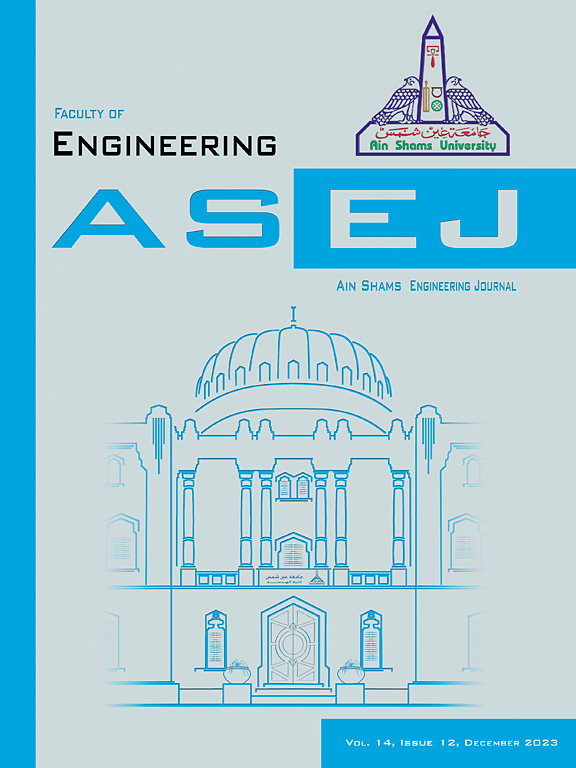Electric eel foraging algorithm-based optimal control for low voltage ride through capability improvement of Grid-Connected photovoltaic power plants
Abstract
This paper presents a novel application of the Electric Eel Foraging Optimization (EEFO) algorithm. An optimal control technique based on EEFO is used to improve grid-connected photovoltaic (PV) power plants’ low-voltage ride-through (LVRT) capabilities. The PV arrays are connected to the grid at the point of common coupling (PCC) through a DC-DC boost converter, DC-link capacitor, a grid-side inverter and a three-phase step-up transformer. The DC-DC converter circuit is implemented to obtain the maximum power point tracking operation based on the incremental conductance method. The grid-side inverter uses the cascaded control loop to regulate the DC-link voltage and the terminal voltage at the PCC. Because of its highly rapid convergence, the optimized proportional-integral (PI) controller based on the EEFO algorithm is utilized to regulate the power of electronic circuits. This paper also presents a comparative analysis among the results using the EEFO, genetic, and Particle swarm optimization algorithms. This comparison verifies the effectiveness of the control strategy based on the EEFO algorithm than other techniques. It is studied also by subject the system to symmetrical and unsymmetrical faults as well as unsuccessful circuit breaker reclosing caused by the presence of a permanent fault. MATLAB/Simulink software package is used to provide substantial validations of the proposed control technique. The LVRT capability of such a system can be improved using the proposed methodology.

 求助内容:
求助内容: 应助结果提醒方式:
应助结果提醒方式:


